Particle Accelerator Magnet Sets Record Using High Temperature Superconductor
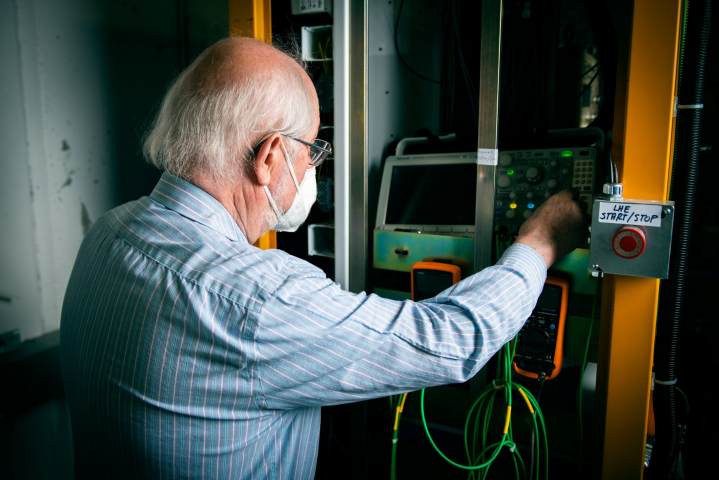 Cost- and energy-efficient rapid cycling magnets for particle accelerators are critical for particle physics research. Their performance determines how frequently a circular particle accelerator can receive a bunch of particles, propel them to higher energy, send them to an experiment or target station, and then repeat all over again. A small team of physicists, engineers and technicians at the US Department of Energy’s Fermi National Accelerator Laboratory (Fermilab, CSA CSM), led by Henryk Piekarz, demonstrated the world’s fastest magnetic ramping rates for particle accelerator magnets. Noteworthy, they achieved this record by using magnets made with energy-efficient, high temperature superconducting material.
Cost- and energy-efficient rapid cycling magnets for particle accelerators are critical for particle physics research. Their performance determines how frequently a circular particle accelerator can receive a bunch of particles, propel them to higher energy, send them to an experiment or target station, and then repeat all over again. A small team of physicists, engineers and technicians at the US Department of Energy’s Fermi National Accelerator Laboratory (Fermilab, CSA CSM), led by Henryk Piekarz, demonstrated the world’s fastest magnetic ramping rates for particle accelerator magnets. Noteworthy, they achieved this record by using magnets made with energy-efficient, high temperature superconducting material.


 For physicists trying to harness the power of electricity, no tool was more important than the vacuum tube. This lightbulb-like device controlled the flow of electricity and could amplify signals. In the early 20th century, vacuum tubes were used in radios, televisions and long-distance telephone networks. But vacuum tubes had significant drawbacks: They generated heat; they were bulky; and they had a propensity to burn out. Physicists at Bell Labs, a spin-off of AT&T, were interested in finding a replacement.
For physicists trying to harness the power of electricity, no tool was more important than the vacuum tube. This lightbulb-like device controlled the flow of electricity and could amplify signals. In the early 20th century, vacuum tubes were used in radios, televisions and long-distance telephone networks. But vacuum tubes had significant drawbacks: They generated heat; they were bulky; and they had a propensity to burn out. Physicists at Bell Labs, a spin-off of AT&T, were interested in finding a replacement.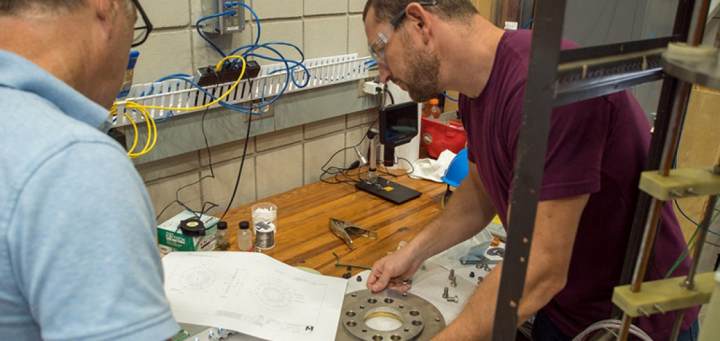 A new $15.8 million grant from the National Science Foundation (NSF) will produce a detailed design for the world’s most powerful superconducting magnet at the Florida State University-headquartered National High Magnetic Field Laboratory (CSA CSM). While the National MagLab is already home to more than a dozen world-record magnets used by researchers from around the world, the future 40-tesla magnet will advance the study of quantum matter with its low-noise environment that surpasses present-day resistive and hybrid magnets.
A new $15.8 million grant from the National Science Foundation (NSF) will produce a detailed design for the world’s most powerful superconducting magnet at the Florida State University-headquartered National High Magnetic Field Laboratory (CSA CSM). While the National MagLab is already home to more than a dozen world-record magnets used by researchers from around the world, the future 40-tesla magnet will advance the study of quantum matter with its low-noise environment that surpasses present-day resistive and hybrid magnets.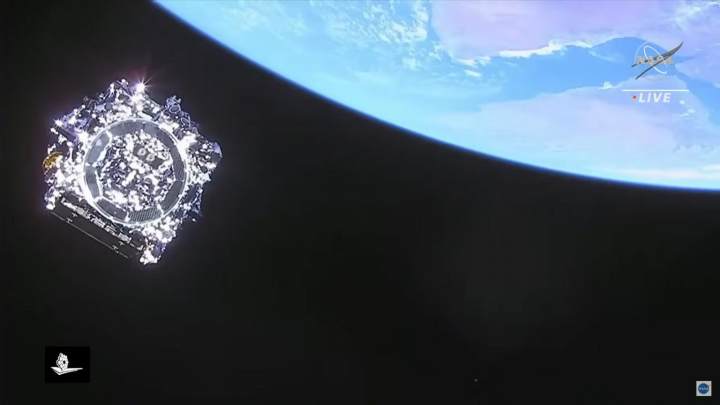 On December 25, the largest and most powerful space telescope ever constructed by NASA was successfully launched from Earth. With unprecedented technology, the James Webb Space Telescope (JWST) will peer both near and far, from the planets and bodies in our solar system to the deepest reaches of space, where the first stars and galaxies formed more than 13 billion years ago. JWST has a mirror that is 21.3 feet (6.5 meters) across, making it physically much larger than the Hubble Space Telescope and Hubble’s infrared sister telescope, the Spitzer Space Telescope, operated by Caltech’s IPAC; it also has state-of-the-art photon detectors that register a wider range of wavelengths and enable deeper and more detailed views than Spitzer.
On December 25, the largest and most powerful space telescope ever constructed by NASA was successfully launched from Earth. With unprecedented technology, the James Webb Space Telescope (JWST) will peer both near and far, from the planets and bodies in our solar system to the deepest reaches of space, where the first stars and galaxies formed more than 13 billion years ago. JWST has a mirror that is 21.3 feet (6.5 meters) across, making it physically much larger than the Hubble Space Telescope and Hubble’s infrared sister telescope, the Spitzer Space Telescope, operated by Caltech’s IPAC; it also has state-of-the-art photon detectors that register a wider range of wavelengths and enable deeper and more detailed views than Spitzer. Today’s time-sensitive market needs revolutionization of traditional costly technologies. The cryogenic and electronic market development and utilization started from 1970 for commercial applications, and both are fast-growing technologies. There has been significant advancement of electronic products. Nowadays, a small smartphone has much more data storage and processing power capability than large costly computers in the 1970s. Smartphones are now available to most people due to low cost. Due to affordable cost and high utilization factor, the electronic product demand is always increasing. In contrast, cryogenic products are exceptionally expensive, making them inaccessible to most people.
Today’s time-sensitive market needs revolutionization of traditional costly technologies. The cryogenic and electronic market development and utilization started from 1970 for commercial applications, and both are fast-growing technologies. There has been significant advancement of electronic products. Nowadays, a small smartphone has much more data storage and processing power capability than large costly computers in the 1970s. Smartphones are now available to most people due to low cost. Due to affordable cost and high utilization factor, the electronic product demand is always increasing. In contrast, cryogenic products are exceptionally expensive, making them inaccessible to most people.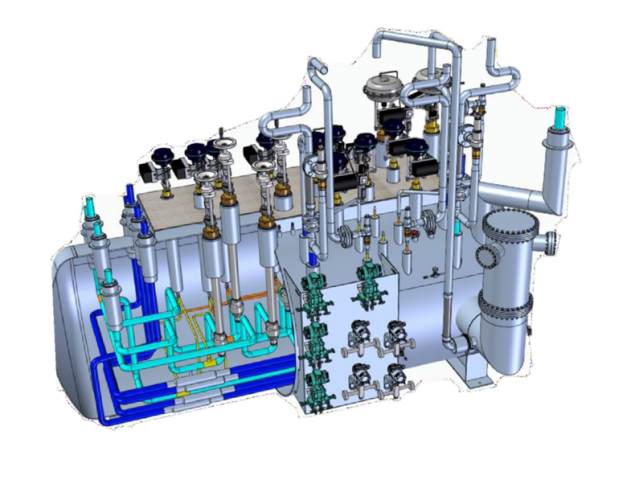 Hydrogen is the most abundant chemical element in the universe and the most important feedstock for life. In Greek, the word “hydrogen” is composed of the terms “hydro” and “genes,” which means water generator. In 1766, the English chemist Henry Cavendish distinguished hydrogen from other flammable gases and identified its pro
Hydrogen is the most abundant chemical element in the universe and the most important feedstock for life. In Greek, the word “hydrogen” is composed of the terms “hydro” and “genes,” which means water generator. In 1766, the English chemist Henry Cavendish distinguished hydrogen from other flammable gases and identified its pro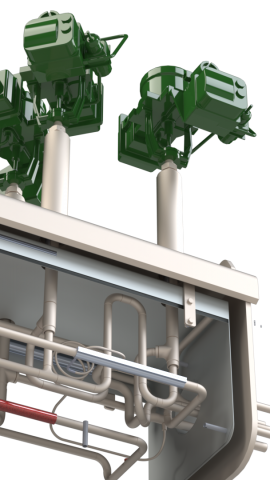 Ability Engineering Technology (AET), an Illinois-based manufacturer of equipment used in cryogenic process applications, has announced the introduction of a standard product line of Cryogenic Valves. According to Matt Resler, Sales Director at AET, “Our cryogenic valves have been successfully used for more than 30 years by our DOE clients, and we only recently decided to make them available for purchase by the larger industrial market.”
Ability Engineering Technology (AET), an Illinois-based manufacturer of equipment used in cryogenic process applications, has announced the introduction of a standard product line of Cryogenic Valves. According to Matt Resler, Sales Director at AET, “Our cryogenic valves have been successfully used for more than 30 years by our DOE clients, and we only recently decided to make them available for purchase by the larger industrial market.”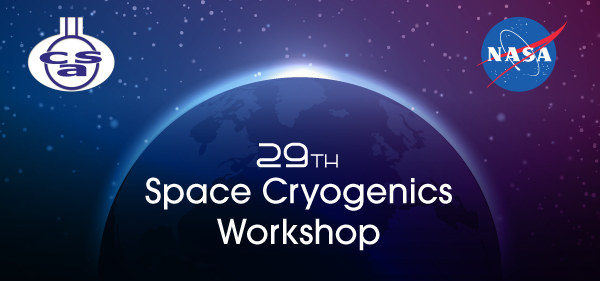 During a year filled with uncertainty, many were worried about the effects of the pandemic on CSA’s biennial Space Cryogenics Workshop (SCW). After much consideration and effort, we are pleased to report the successful execution of our first – and hopefully only – virtual SCW. Hosted virtually on the Remo® online platform on November 15 and 16, the event was two days of presentations, networking and reconnecting with colleagues and friends. Each of the two days was broken up into two groups of presentations, beginning and ending with networking opportunities in Remo’s virtual conference room. Co-chairs Amir Jahromi and Mark Kimball moderated all four sessions while CSA’s Megan Galeher and Tate Paglia – executive director and editor, respectively – worked as administrators for the sessions. Sponsors included Lake Shore Cryotronics, XMA, Lihan, Eta Space and Ability Engineering Technology, all CSA Corporate Sustaining Members.
During a year filled with uncertainty, many were worried about the effects of the pandemic on CSA’s biennial Space Cryogenics Workshop (SCW). After much consideration and effort, we are pleased to report the successful execution of our first – and hopefully only – virtual SCW. Hosted virtually on the Remo® online platform on November 15 and 16, the event was two days of presentations, networking and reconnecting with colleagues and friends. Each of the two days was broken up into two groups of presentations, beginning and ending with networking opportunities in Remo’s virtual conference room. Co-chairs Amir Jahromi and Mark Kimball moderated all four sessions while CSA’s Megan Galeher and Tate Paglia – executive director and editor, respectively – worked as administrators for the sessions. Sponsors included Lake Shore Cryotronics, XMA, Lihan, Eta Space and Ability Engineering Technology, all CSA Corporate Sustaining Members. For several years, three US Department of Energy national labs have worked together to further improve state-of-the-art particle accelerator technology. First tests of a prototype built at Fermi National Accelerator Laboratory (Fermilab, CSA CSM) show the effort has paid off, with a new component setting records.
For several years, three US Department of Energy national labs have worked together to further improve state-of-the-art particle accelerator technology. First tests of a prototype built at Fermi National Accelerator Laboratory (Fermilab, CSA CSM) show the effort has paid off, with a new component setting records.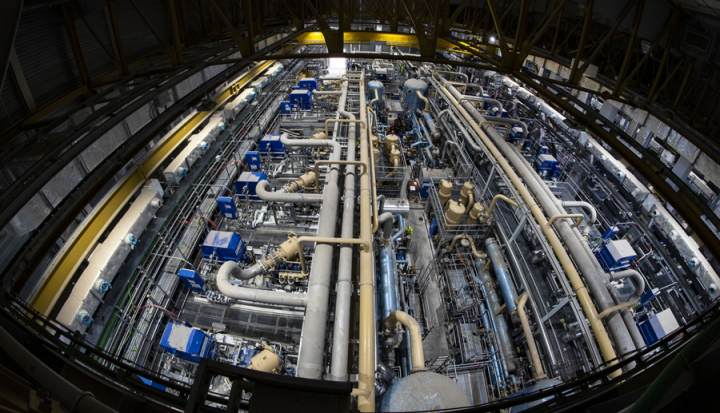 Every week since the beginning of November, a tube trailer filled with approximately 4,600 cubic meters (750 kg) of compressed gaseous helium delivers its load to the ITER cryoplant in the south of France. At a later stage, the deliveries will become more massive, as helium is delivered in liquid form in 25,000-cubic-meter (4-tonne) cryogenic containers. Progressively, the helium inventory in the cryoplant will reach the volume required to accommodate the different “clients” inside the tokamak: the lion’s share for the superconducting magnets and the cryogenic pumping system, a smaller percentage for the cryostat shielding.
Every week since the beginning of November, a tube trailer filled with approximately 4,600 cubic meters (750 kg) of compressed gaseous helium delivers its load to the ITER cryoplant in the south of France. At a later stage, the deliveries will become more massive, as helium is delivered in liquid form in 25,000-cubic-meter (4-tonne) cryogenic containers. Progressively, the helium inventory in the cryoplant will reach the volume required to accommodate the different “clients” inside the tokamak: the lion’s share for the superconducting magnets and the cryogenic pumping system, a smaller percentage for the cryostat shielding.